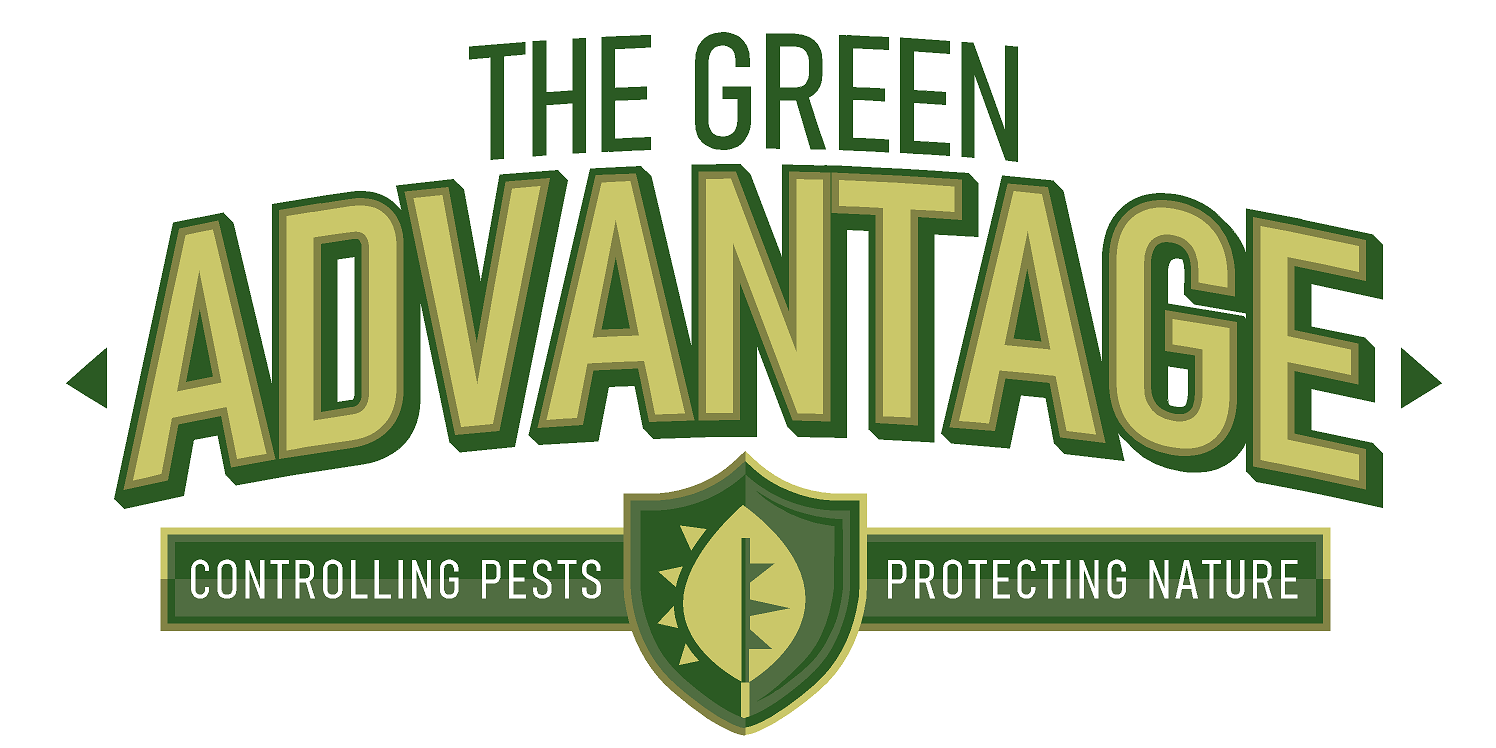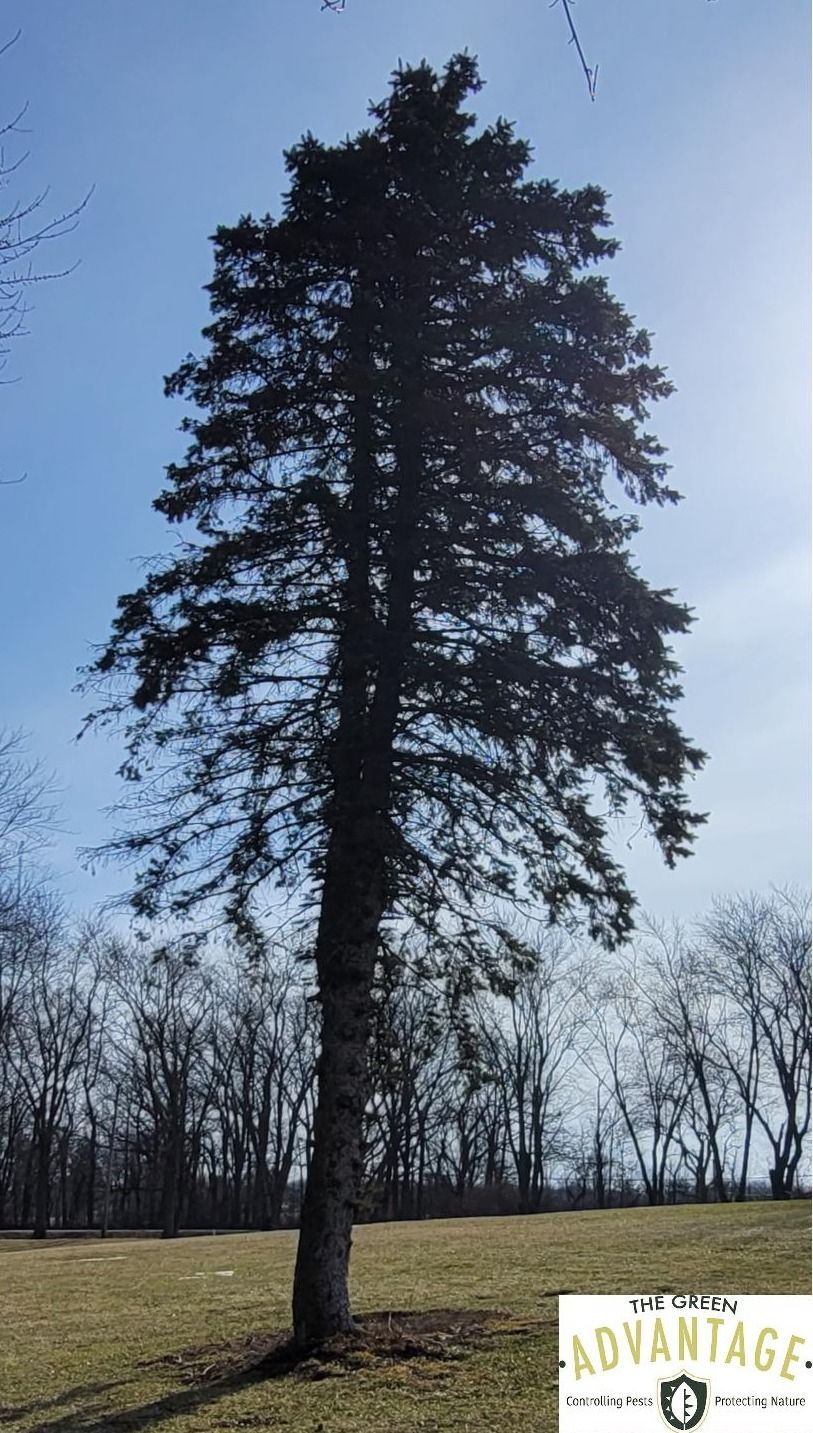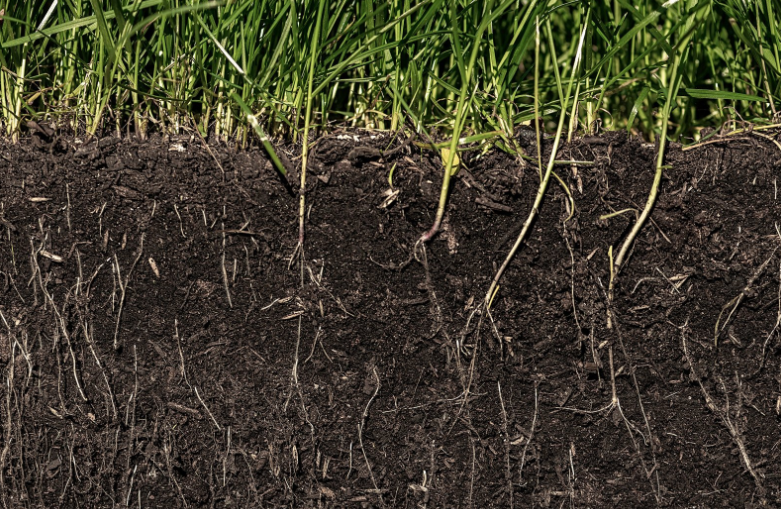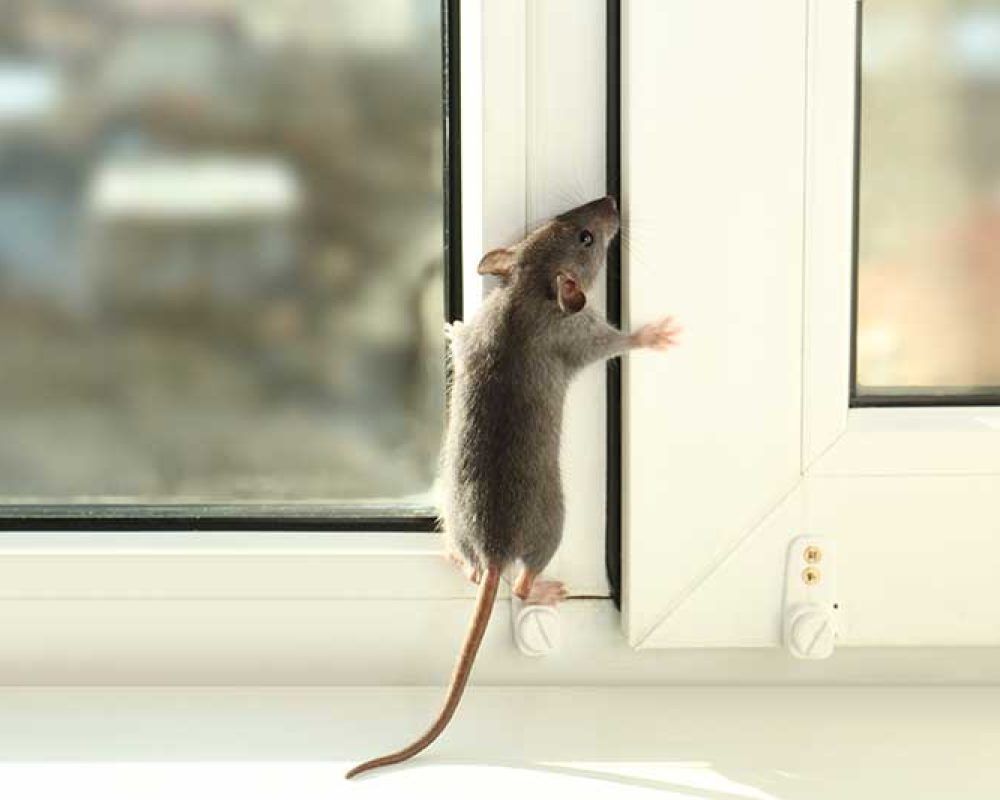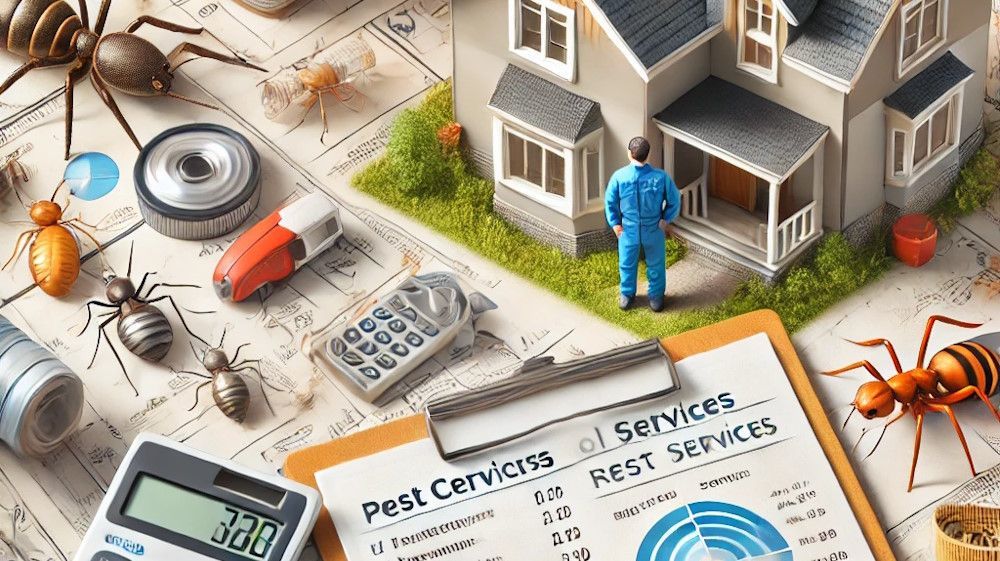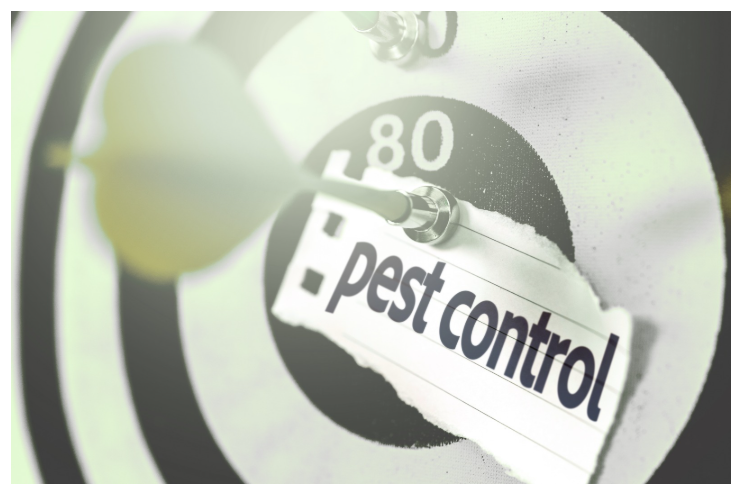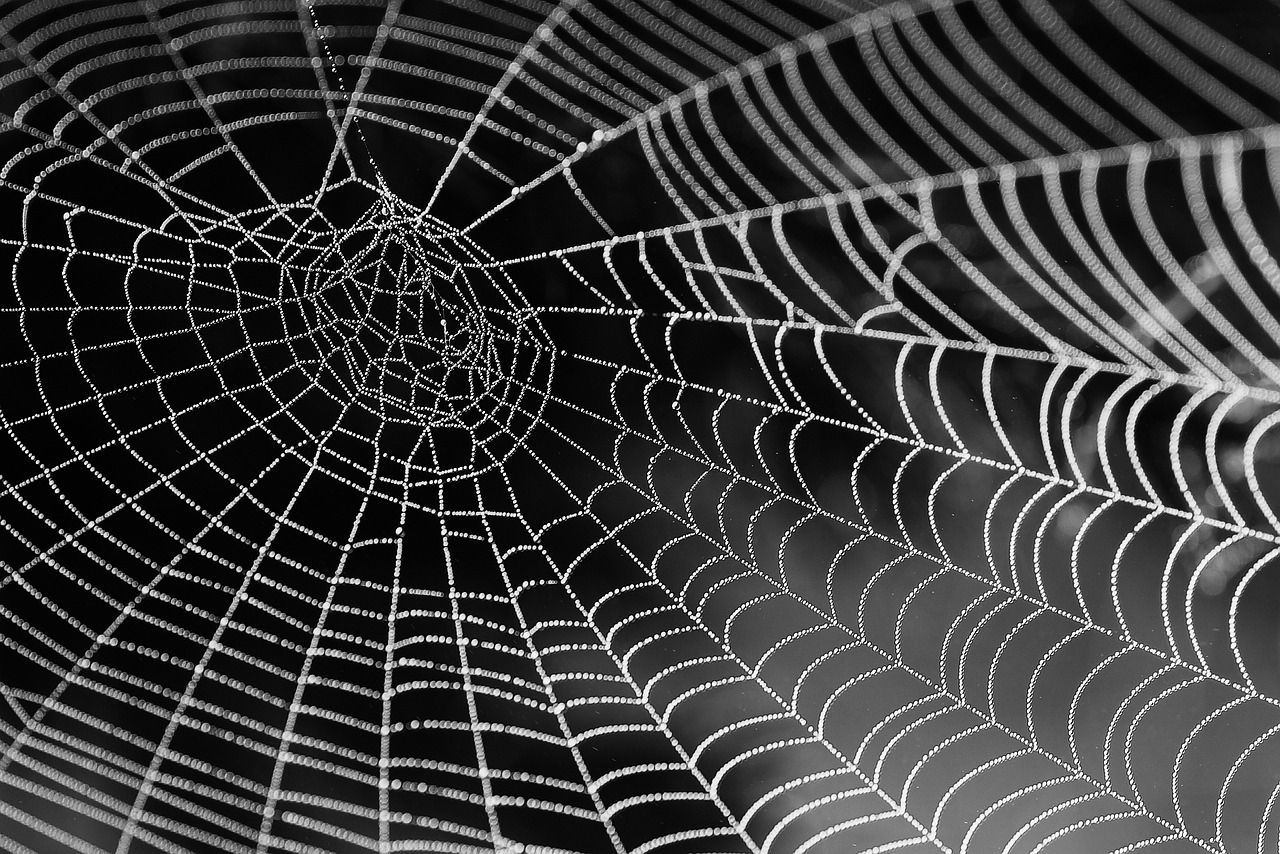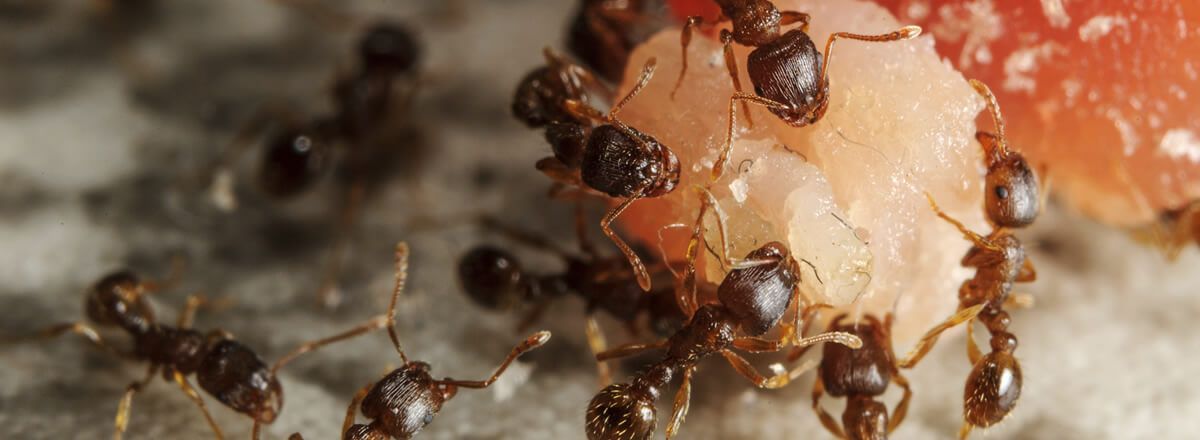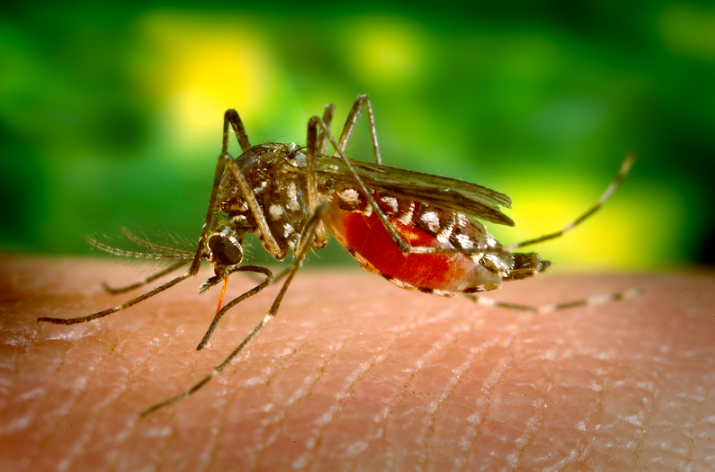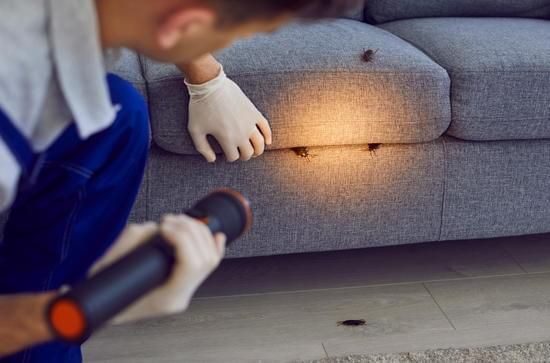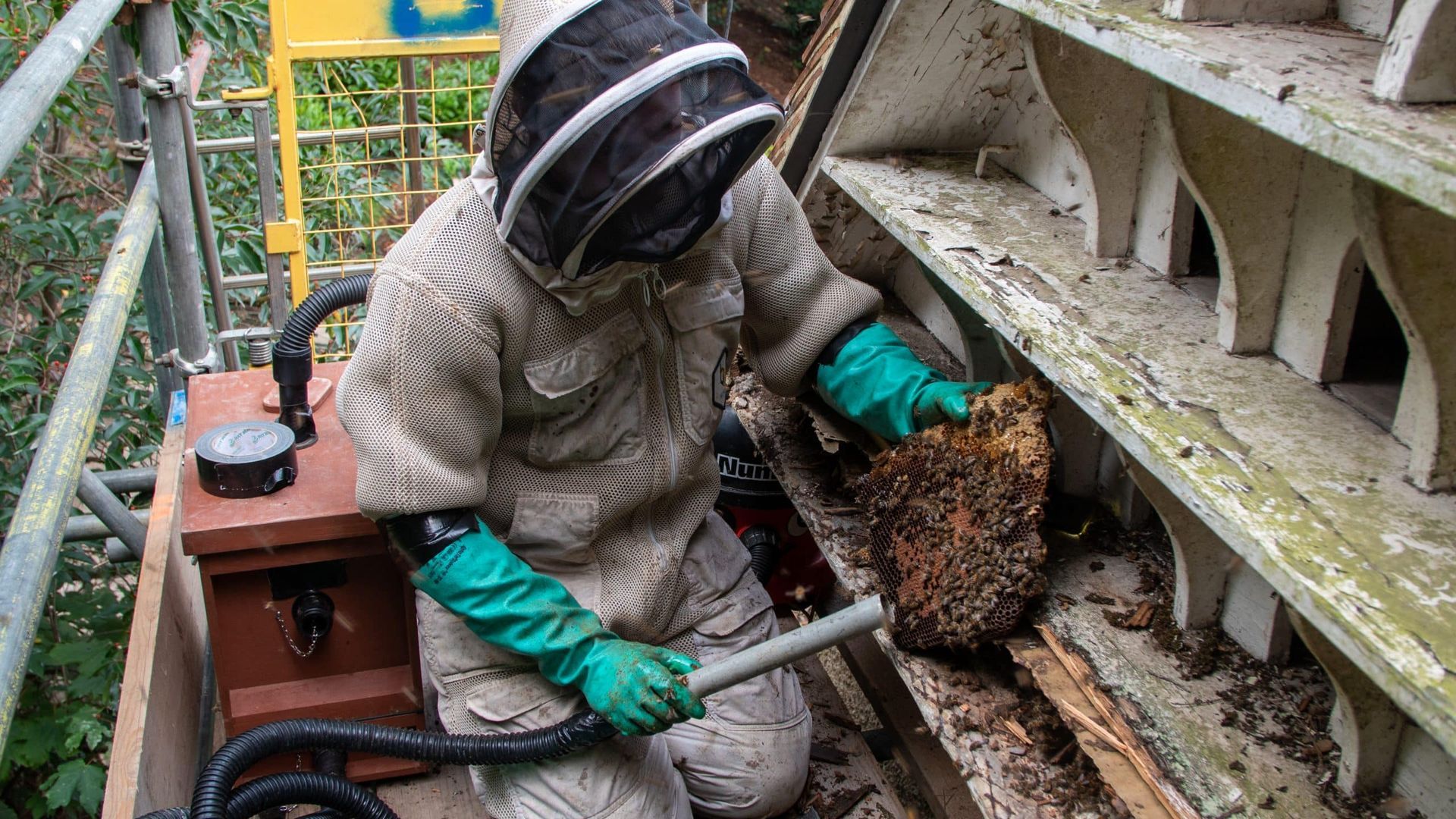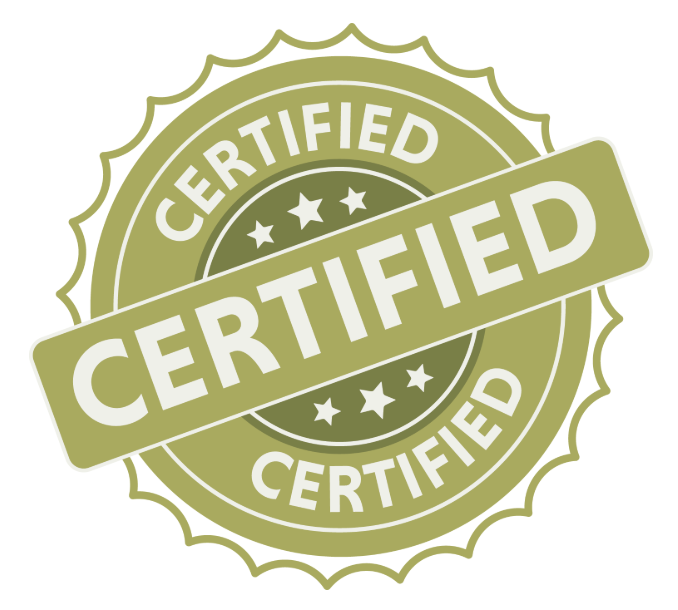Needlecast Explained
The demise of your cherished tree.
Needle Cast is a fungal disease effecting conifer trees in Midwest. The specific fungus that causes Needlecast is Rhizosphaera kalkhoffii. All spruces are susceptible, although some are more resistant than others. Blue spruces are extremely vulnerable, while white spruces and Norway spruces are often advertised as resistant. This claim can be deceiving as all spruces are at high risk of this disease, they are just more resistant than blue spruces.
The main symptoms of Needlecast is when last year’s needles turn a purplish-brown and drop. Many diseases can cause needles to fall off, including: mites, over/under watering, stress, overspray of weed control chemicals, root damage and others.. Needlecast severely stresses out spruce trees and is easily transferred from one tree to another.
In order for disease to develop 4 items need to happen:
1. Pathogen must be present.
2. Susceptible host.
3. Favorable environment.
4. Time.
The spores of Needlecast fungi are the pathogen. They are abundant and travel easily, transported by wind and animals. The spores are easily spread through trees and neighboring trees by water.
All spruce trees are susceptible hosts. Some have varying degrees of resistance, but if the conditions are right all are at risk.
Lack of air flow and excessive moisture are the 2 most common triggers for a bloom. Blooms occur when the conditions are optimum for a period of time. Warm (75 to 80 degrees F) and wet conditions for Needlecast. Lack of air movement keeps the moisture level high. Often, we see the west side of trees in open areas effected first. The reason for this is the dew in the morning and lack of sunlight until later in the day, creates the perfect environment. If there are other trees or structures blocking the sun and wind; we see the same environment and disease development.
Lastly, time. The pathogen, the susceptible, and the favorable environment must all be present for a period of time. Not enough time and disease will not develop.
Needlecast treatment consists of 2 foliar applications in the spring (Mid-march until May), of a specific fungicide (many fungicides have proven ineffective for multiple reasons, mainly they aren’t persistent enough). These applications must be done at a specific time once temperatures have reached a particular point. The timeliness of these treatments is the primary reason most are not successful treating for Needlecast, and very few professionals attempt to treat.
At Green Advantage, we focus our attention to prevention on susceptible spruce trees. We have done our research and experimentation. We know what products to apply, and when. We can explain what to expect from the treatments and address your concerns as they come up. The Green Advantage has gained a successful track record and unparalleled results in treating Needlecast.
The knowledgeable professionals at The Green Advantage can do what is necessary to address the issues with your beloved trees!! We are NWI’s most qualified pest control professionals. We are local, we support our community, and we are here for YOU!!!!
